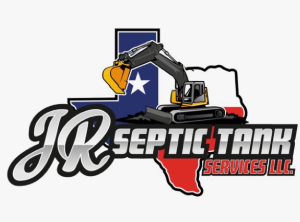How Effective Drainage Systems Preserve Your Septic Health
Proper drainage plays a crucial role in maintaining the health of your septic system. When water isn’t diverted correctly, it can lead to serious problems that are often expensive and time-consuming to fix. Poor drainage leads to an overburdened septic tank, causing backups and contamination. Understanding how effective drainage helps prevent these issues is key to protecting your home and environment from unnecessary harm.
Understanding How Septic Systems Work
Your septic system is designed to treat wastewater by separating solids from liquids. The liquid part, known as effluent, enters the drain field where it’s naturally filtered through soil. However, this process relies heavily on proper drainage. Without it, the system struggles, often leading to failure. Efficient drainage ensures that excess water doesn’t flood the drain field, preserving its ability to treat waste.
The Importance of Regular Inspections
Regular inspections help identify potential septic repair needs before they turn into major problems. A professional can assess both your septic system and surrounding drainage conditions. If issues like clogging or flooding are found early, you have the opportunity to address them with minimal disruption. This proactive approach saves both time and money.
Common Septic Problems Caused by Poor Drainage
Poor drainage leads to several common problems within septic systems. For example, standing water from inadequate runoff can seep back into the septic tank, causing overflow. This results in foul odors and can potentially damage home foundations. Additionally, excess water saturation around the drain field can compact soil, preventing proper filtration and increasing the need for frequent septic repair.
Tips for Maintaining Proper Drainage
- Ensure gutters direct rainwater away from the drain field
- Avoid planting trees with deep roots near the septic area
- Regularly check for leaks that might increase groundwater levels
- Grade your yard so that surface water flows away from septic components
Industry Standards for Septic System Maintenance
Following industry standards for maintenance involves keeping records of all services performed on your septic system. These include routine pumping every three to five years and annual inspections. By adhering to these guidelines, you reduce the risk of unexpected failures. Proper documentation also assists professionals in diagnosing issues quickly during any necessary septic repair processes.
Cost Considerations for Managing Drainage and Septic Health
The cost of managing drainage and ensuring septic health varies based on several factors including location, size of the property, and condition of existing infrastructure. Investing in preventive measures such as regular inspection can be more cost-effective than dealing with emergency repairs later on. While initial costs may seem high, the long-term savings and peace of mind make it worthwhile.
Final Steps to Secure Your Septic System’s Future
Investing in proper drainage solutions helps ensure your septic system operates efficiently for years to come. By taking preventative actions now, you avoid costly repairs and protect both your property and the environment. Call (903) 343-2534 today for expert advice tailored to your home’s unique requirements. Located in Tyler, TX, I provide reliable service throughout the area. Trust JR Septic Tank Installing & Repairing Services LLC to meet all your septic and drainage needs efficiently.
